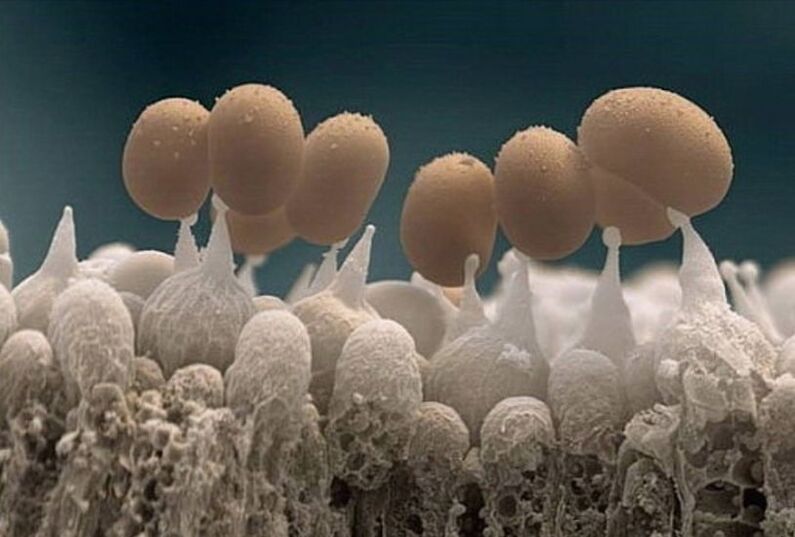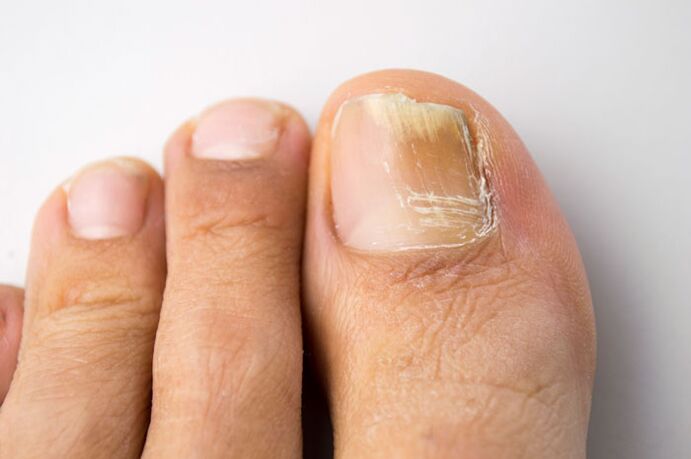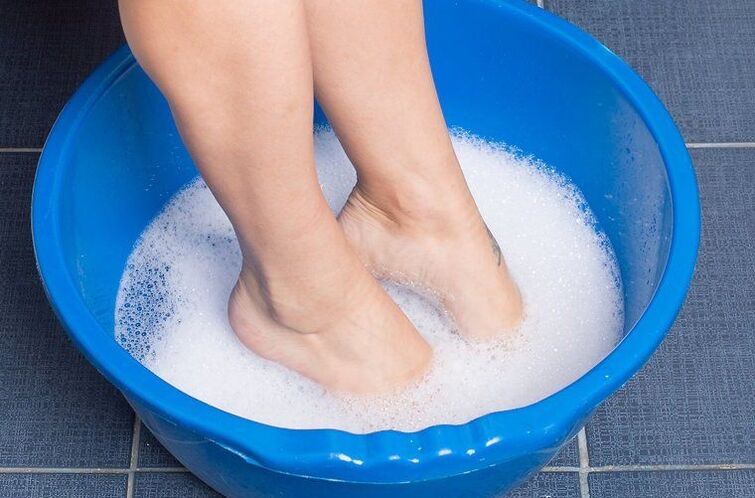In case of fungal infections of the nail plates or onychomycosis, you should consult a dermatologist or mycologist. The first doctor specialized in all skin problems. It covers allergic, bacterial, viral and fungal lesions of the epidermis. A mycologist is a narrowly trained professional. Understands all types of fungi, treats fungal lesions of any localization, conducts research and collects statistical information.
When you need medical help
A person becomes infected with a fungus when its spores get on the skin or on the nail plates. Pathogenic microorganisms can be "caught" in public places (sauna, swimming pool, beauty salon), by their own family members, in a shoe store. Fungi are very fond of humid and warm environments. ignore this fact or ignore personal hygiene rules.

When a person comes in contact with fungi, they are not always infected. This is preceded by a decrease in immunity. Normally, the body successfully copes with the attack of billions of microbes every day. If the protection is exhausted, trouble can be expected.
Onychomycosis is a serious infectious disease. With this, a person is in contact with pathogenic fungi for a long time. Mycotoxins with toxic properties enter the body. It also has a negative effect on the immune system. Get rid of the nail fungus as soon as possible. The longer a person lives with an infection, the more difficult and longer it will take to treat. Initiated onychomycosis is difficult to cure, becomes chronic, recurs, and requires lifelong use of prophylactic agents.
It is necessary to contact doctors when the first signs of nail mycosis appear, namely:
- if they are covered with small spots, dots, streaks, faint inclusions;
- if the nail plate has changed color to yellow, brown, gray or green;
- if the disc is ingrown, improper cutting of the nails will create an "entrance" gate for infection;
- if the nails peel - a sign of the progression of onychomycosis;
- if a person suffers from ringworm - the fungus spreads easily to the nails from the skin;
- if there are people with onychomycosis among the family members;
- if the nail has lost its shine, it becomes dull, heterogeneous.

The direct cause of a doctor's visit is itching, sweating, and dry skin on the feet. Excessive sweating and unpleasant foot odor can be a fungus that develops.
Who should go first
Once you have decided to see a doctor, you should first consult a dermatologist. There are dermatologists in every paid and free hospital. You are free to make an appointment with a dermatologist at your local dermatologist.
The dermatologist performs a visual examination - it identifies the signs of fungal growth, examining the skin for other symptoms of fungal lesions in the body. Usually, your doctor will prescribe tests (scraping on your nails or skin) that will confirm or rule out the fungal disease.
If the specialist's suspicion is confirmed, additional tests may be required - general and biochemical tests of blood, urine and liver. Additional information is needed to identify the cause of the infection and to detect all possible comorbidities. Blood and liver diseases limit the use of certain medicines.
In advanced cases, a referral is given for a consultation with a mycologist - if all the toenails are damaged by nail fungus, the process of onycholysis (destruction of the plates) has begun, some nails are already missing, and the patient has previously failed to self-heal. drug treatment. A narrow profile specialist will prescribe additional tests to identify the type of pathogen. Certain medications will be more effective for certain types of fungi.
General principles for the elimination of onychomycosis
Specialists prescribe multiple medications to treat nail mycosis at the same time. Among them:
- systemic antifungal agents;
- topical dosage forms;
- vitamin preparations;
- immunostimulants.
The physician individually evaluates the patient’s lifestyle and hygiene culture. If necessary, give appropriate recommendations to reduce the duration of therapy.
Medical treatment should be done very carefully. The patient should take oral medications in a timely manner and adhere strictly to the treatment conditions recommended by the physician. Local remedies are used until the problem is completely gone. As a general rule, use should be continued for 1-2 months after the onset of symptoms of onychomycosis. The following are prescribed as topical preparations:
- varnishes;
- gels;
- ointments;
- solutions.

As an additional method, a water-salt bath is recommended, the plates should be removed with special emollient ointments, sometimes with surgical help.
Immunostimulants and vitamins are selected according to the results of biochemical analyzes. In some cases, the fungus is the first sign of a serious disease of the internal organs or the hematopoietic system.
Do not discard your doctor's phone number immediately after the first consultation. The success of onychomycosis therapy depends on the control of the healing process. The medical consultation and examination must be repeated several times during the therapeutic course (max. 1 year). It should be taken again immediately after regaining the altered nail plate, one month after complete healing. In order not to complicate the treatment process, the patient should refuse the decorative varnish, the nail extension.

























